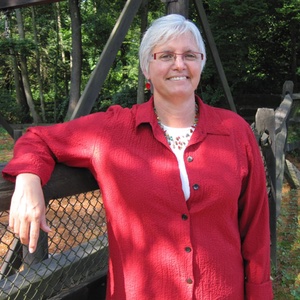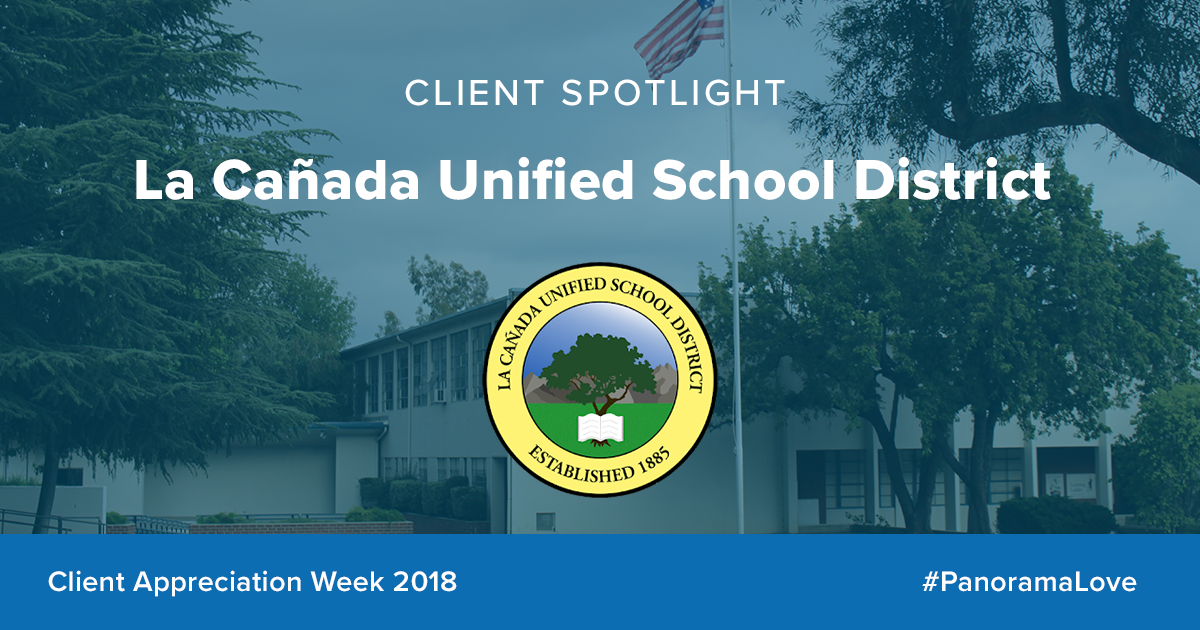Farmington Public Schools in central Connecticut collects feedback from students, teachers and staff, and families and uses this 360 survey data to improve teaching and learning across the district. We recently caught up with Kimberly Wynne, Assistant Superintendent, to chat about the impact of feedback data in Farmington's schools.
Liz Breese: Hi Kim. Thanks for taking the time to share your experiences in Farmington. Let’s start with the basics: how long have you been working with Panorama to collect feedback from your school community?
Kim Wynne: This is our third year doing 360 surveys with Panorama.
"Teachers and administrators talk about the survey data, and people in our schools use the data to focus their energy throughout the year. Before, we didn't have hard numbers to offer up as evidence of improvement. Now, we do."
LB: Why did you start collecting feedback?
KW: We had always done parent surveys in the past but were motivated by the belief that the student voice was missing in our improvement process. Four years ago Farmington developed its own "Framework for Teaching and Learning" that defines how students learn best, aligned to 5 research-based principles of learning. There is a teacher side and a student side to the framework. We use this as our vision of effective instruction and a way to communicate a partnership between teachers and students in the classroom.
Then we asked, “How will we know if our teaching and learning approaches are working?” One important piece of data would be to simply ask the students. We didn’t want our Framework to become just another paper document. If it’s not coming to life in the classroom, then it means nothing. Panorama helped us to craft survey prompts to solicit student perceptions and feedback connected to our internal goals, but validated by research.
LB: Collecting, learning from, and taking action based on student feedback can be both challenging and incredibly rewarding. Can you reflect a little on the experience of the educators in Farmington in this growth process?
KW: To Farmington, working with Panorama represented a focus on continuous improvement. Partnering with Panorama took the struggle out of it for us. We appreciate that you provide us with customization and beautiful reports. It was important to us that what you do is research-based and that we can lean on Panorama for credibility, since you handle confidentiality and data safety and for the validity of the survey prompts.
LB: Our partners are always interested in hearing about approaches to communicating about collecting feedback with surveys and sharing results that have worked well in other districts. What has worked well for you in Farmington?
KW: Parents and students have come to expect the annual spring survey, and we get good response rates. We are very transparent about results - communicating with parents and teachers about the school and district strengths and needs. Our principals write monthly newsletters articulating specific improvement strategies being implemented. We want to convey that we care about the survey feedback from parents and students and that we try new strategies accordingly.
"Survey data helped us explore new ways to make PD more engaging and effective for teachers and to cultivate social capital in our district."
LB: What have been some of the tangible impacts and outcomes of collecting feedback data in Farmington?
KW: First, we find that teachers and administrators talk about the survey data, and people in our schools use the data to focus their energy throughout the year. Before, we didn't have hard numbers to offer up as evidence of improvement. Now, we do.
One opportunity that comes to mind relates to teacher feedback. We were disappointed to see that our data indicated a need to address the topic of professional development. I lead a district-wide committee on teacher evaluation and professional development and together we dug deeper into the reasons why PD was not getting high marks from teachers. Our committee really wanted to see that number increase.
As the facilitator of that committee, I found that the survey data allowed us to be transparent about an area for improvement without finger-pointing or blame. Instead, we were able to focus on the data and on how we could improve our results in that area next time.
So we decided to try something new for professional development. On one of our PD days, we asked teachers to take the lead. The “Learning Lab” was a day of teacher to teacher sharing of innovative practices across the district. Teachers chose which sessions to attend with no limits. A high school science teacher might be in a session conducted by 5th grade music teacher showcasing her formative assessment techniques. Survey data helped us uncover this issue and explore new ways to make PD more engaging and effective for teachers and to cultivate social capital in our district.
LB: Kim, thanks so much for your time. I expect your advice on communication and your experiences with collecting feedback on teaching and learning will help and inspire other administrators. My last question: What’s next for Farmington?
KW: We are looking for more ways to dig deeper into student survey feedback. We want to follow up on particular data points by asking more in-depth questions. So far we have tried conducting student focus groups and including students on district-wide improvement committees. Next we are thinking of perhaps doing shorter, in-depth mid-year surveys to help us better pinpoint how to engage all learners in every classroom every day. I’m sure our partners at Panorama can help us with this!







.png?width=350&height=212&name=pano-ft-rsrce%20(1).png)